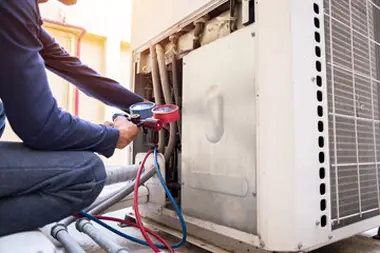Setting your thermostat efficiently in the winter can help keep your home comfortable while saving energy and lowering your heating bills. Here are some tips on how to set your thermostat during the colder months:
1. Optimal Temperature Settings
- When You’re Home: Set your thermostat between 68°F (20°C) and 72°F (22°C) while you’re awake and at home. This is comfortable for most people and helps save energy.
- When You’re Asleep or Away: Lower your thermostat by 7-10°F for at least 8 hours a day. This is especially useful when you’re sleeping or away from home. For example, you could set it to around 60°F (15°C) at night or when you’re out.
2. Use a Programmable Thermostat
- Set Schedules: Many programmable thermostats allow you to set a weekly schedule with different temperatures for different times of the day. Set it to warm up shortly before you wake up or come home, and cool down a bit when you go to sleep or leave the house.
- Smart Thermostats: Smart thermostats can learn your schedule and make automatic adjustments. Some even allow remote control through an app, so you can adjust the temperature on the go.
3. Avoid Extreme Changes
- Turning the thermostat up too high will not heat your home faster but will make your heating system work harder. Instead, set a comfortable temperature and allow time for the room to reach that level.
- The same goes for cooling down. Gradually lowering the thermostat helps maintain a consistent, comfortable temperature without large swings in heating demand.
4. Take Advantage of the Sun
- During the day, open curtains and blinds on south-facing windows to let in sunlight, which can naturally warm your home. Close them at night to help retain heat.
5. Supplement with Other Heating Sources
- Space Heaters: Use space heaters in rooms where you spend the most time. This allows you to keep your thermostat lower while staying warm in specific areas.
- Insulation: Ensure windows, doors, and other areas are well insulated to prevent heat from escaping. This helps your thermostat work more efficiently and keeps your home warmer overall.
6. Regular Maintenance
- Schedule maintenance for your heating system to ensure it’s working efficiently. Replace filters as needed, and make sure your thermostat is in good working order.
7. Emergency Settings
- If you’re going to be away for an extended period during winter, set your thermostat to around 50°F-55°F (10°C-13°C) to prevent pipes from freezing.

